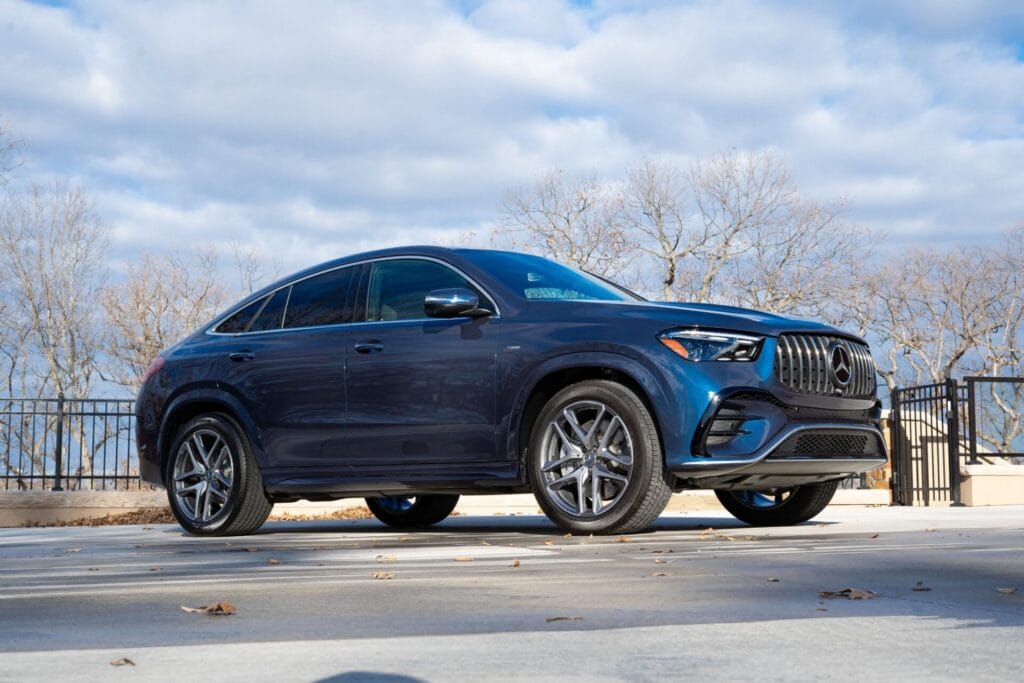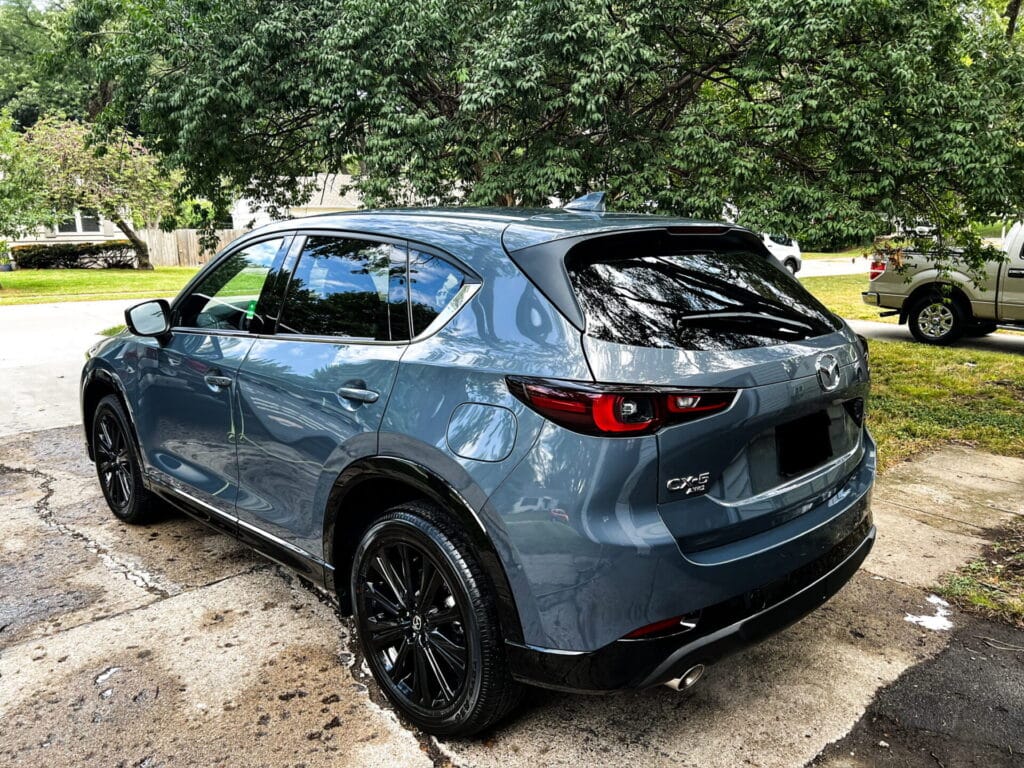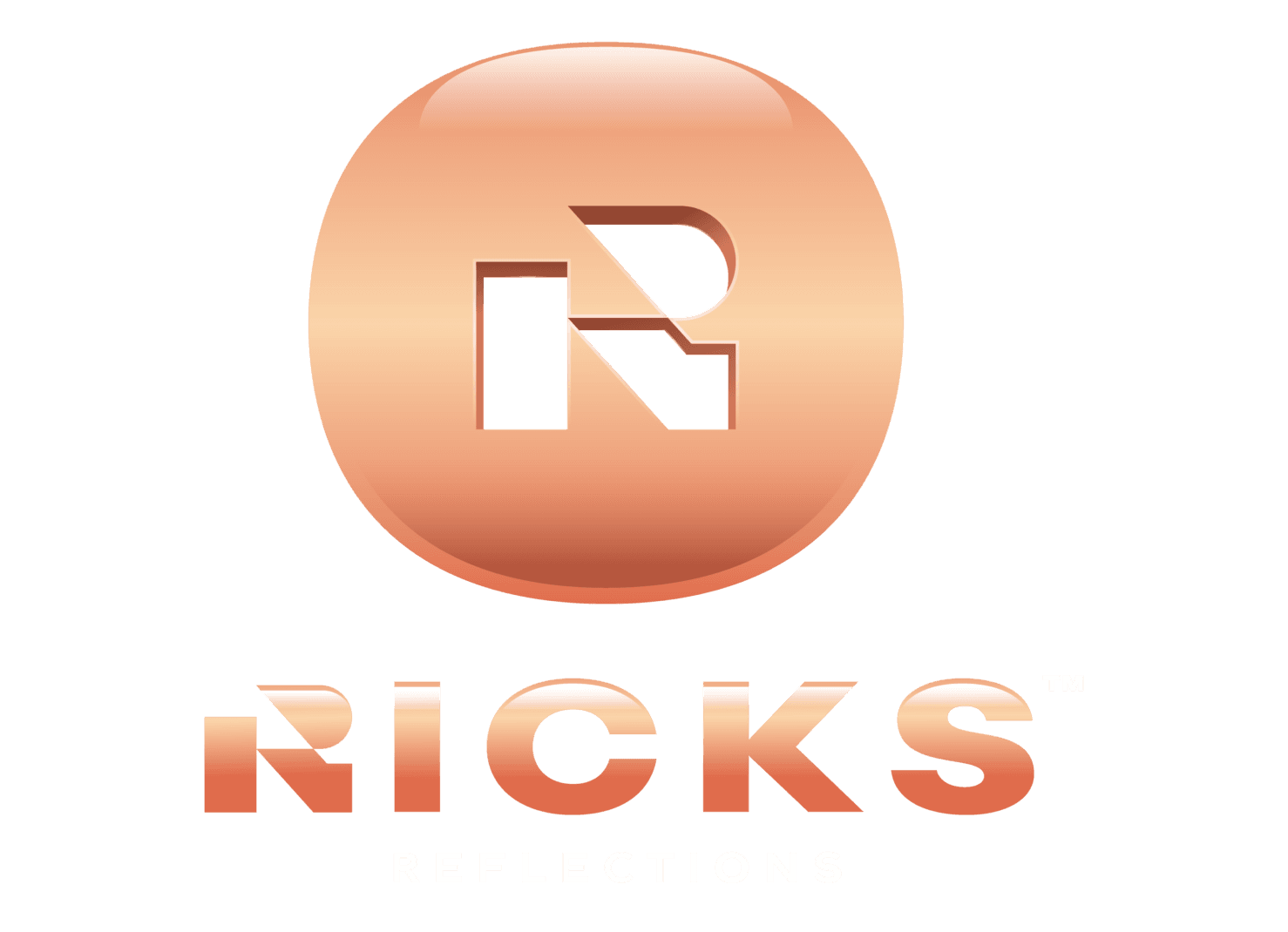In automotive detailing, paint correction and ceramic coatings are two essential services that can dramatically enhance the appearance and longevity of your vehicle’s exterior. As car enthusiasts and everyday drivers seek to protect their investments, it is crucial to understand the importance of paint correction before applying a ceramic coating. This article will delve into the role of paint correction, its benefits, and why it should be your first step in the ceramic coating process.
Understanding paint correction
Paint correction is restoring and rejuvenating a vehicle’s paint surface. Over time, vehicles accumulate various imperfections, including swirl marks, scratches, oxidation, and more. These imperfections can dull the paint, making it look aged and unattractive. Paint correction involves using specialized tools and compounds to remove these defects, enhancing the vehicle’s overall aesthetic appeal.
The process typically involves several stages, including washing, decontaminating, and polishing the paint surface. Depending on the severity of the imperfections, multiple polishing steps may be necessary to achieve the desired result. The goal is to create a flawless, mirror-like finish with an ideal base for applying ceramic coatings.
The importance of paint correction before ceramic coatings
Creating a smooth surface
One of the primary reasons to perform paint correction before applying a ceramic coating is to ensure a smooth and flawless surface. Ceramic coatings bond directly with the paint surface, and imperfections can hinder this bond. If you don’t correct the paint beforehand, the ceramic coating may not adhere properly, leading to issues like peeling, bubbling, or an uneven application.

Performing paint correction before applying a ceramic coating ensures a smooth surface for better adhesion, enhances the car’s aesthetics, maximizes protection, prolongs the coating’s lifespan, and improves the vehicle’s resale value.
Enhancing aesthetics
Car owners often prioritize their vehicle’s appearance. Paint correction enhances a car’s visual appeal by eliminating unsightly blemishes and restoring the paint’s depth and clarity. The results are stunning when you apply a ceramic coating over a perfectly corrected surface. This coating boosts the paint’s gloss, delivering a vibrant, showroom-quality finish that turns heads.
Read more: How long does a paint correction take in Overland Park, KS?
Maximizing protection
Ceramic coatings are known for their protective properties, offering resistance against UV rays, chemical stains, and environmental contaminants. However, if scratches or swirl marks mar the paint surface, these imperfections can compromise the effectiveness of the coating. Paint correction removes these flaws, allowing the ceramic coating to provide optimal protection for the underlying paint.
Longevity of the coating
Investing in a high-quality ceramic coating is a significant decision, and you want to ensure it lasts as long as possible. By performing paint correction beforehand, you create a solid foundation that maximizes the durability of the coating. A properly corrected surface allows the ceramic coating to bond more effectively, resulting in a longer lifespan and reduced maintenance needs.
Improved resale value
Maintaining the vehicle’s resale value is a priority for many car owners. A car with a flawless paint job, free of imperfections, will attract more buyers and command a higher price. Paint correction, followed by a ceramic coating, can significantly enhance the vehicle’s appearance and protect it from future damage, making it a wise investment for anyone considering selling their vehicle.
Related: How much does a full car detail cost in Overland Park, KS?
The paint correction process

The paint correction process includes washing and decontaminating the vehicle, inspecting for imperfections, polishing with specialized compounds, and prepping the surface for ceramic coating.
The paint correction process typically involves several key steps:
Washing and decontamination
Before any correction can take place, thoroughly wash and decontaminate the vehicle. This step removes dirt, grime, and any embedded contaminants that could hinder the correction process. Use clay bars or chemical decontaminants to ensure a clean surface.
Paint inspection
After cleaning the car, we conduct a detailed paint inspection. This inspection helps us identify the types and severity of imperfections we must address during the correction process.
Polishing
We will begin the correction process using specialized polishing compounds and machines. This may involve multiple polishing stages, starting with more aggressive compounds to remove deeper scratches and then transitioning to finer compounds for a high-gloss finish.
Final inspection and preparation for coating
After we polish the surface, we inspect it again to ensure we have addressed all imperfections. Next, we prep the surface for the ceramic coating application, which often involves a final wipe-down with an isopropyl alcohol solution to remove any oils or residues.
Get the Best Results: Invest in Paint Correction Before Ceramic Coatings!
In conclusion, paint correction plays a vital role in applying ceramic coatings. It ensures a smooth, flawless surface, enhances aesthetics, maximizes protection, and improves resale value. Paint correction is an essential step that you shouldn’t overlook. If you’re ready to enhance the appearance and longevity of your vehicle, invest in professional paint correction services before applying a ceramic coating.
At Ricks Reflections Mobile Detailing LLC, we offer premium paint correction services tailored to your vehicle’s needs. Our expert team delivers exceptional results that leave your car looking its best. Don’t wait any longer—contact us today at 913-777-9545 to schedule your paint correction appointment and take the first step toward achieving a stunning, protected finish!
